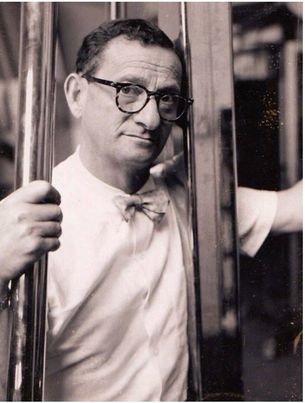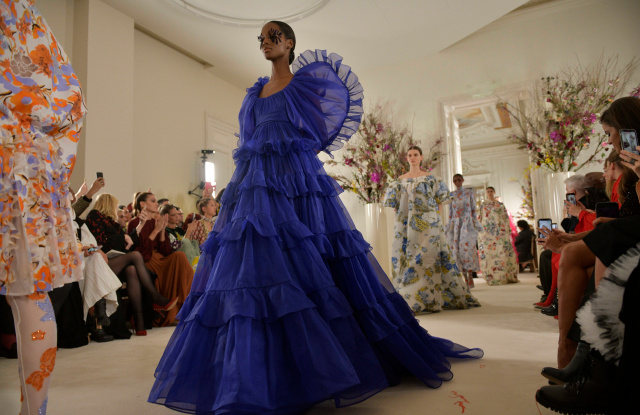In honor of the United States presidential inauguration that occurred a couple of days ago (January 20th), we decided to take a look at presidential fashion over the years – and it brought up plenty of questions as we got deeper into our research.
But first, here are our findings on the sartorial choices of Oval Office occupants throughout history:

Presidential Fashion Choices Tend To Be Conventional
With little exception, US presidents tend to wear similar outfits: a suit (which is usually black, navy blue, or gray) and tie – with conventions of how the suit and tie are both worn being dictated by norms of the time in which the president held office. For example, the double-breasted suit was popular in the Roosevelt-Truman era of the 1930s-40s. Minimalism reigned in the 1960s – and the single-breasted suit jacket showed up along with trousers that bore a slimmer fit. And, top hats were worn at every inauguration, with President Kennedy being the last to take part in that tradition.

Presidents Tend To Find Small, But Unique, Ways To Push Conventionality While Still Operating Within It
With such a strict dress code bestowed upon them by the traditional protocols of the presidency, one can imagine that it is difficult to put a unique stamp on one’s wardrobe without bearing the heat of the court of public opinion (more on that below). For presidents that want to strike a middle ground – look distinctive while still falling within the parameters of the office that he holds – this variance usually takes the form of different styles of a tie, impeccable tailoring, and shoes.

Public Chastising Generally Follows Any Attempt To Veer Strongly From Traditional Fashion Decisions
Referring to the above section, there have been a few presidents that have decided to attempt to push the envelope with fashion – whether or not it was for fashion’s sake. President Reagan took a liking to Glen plaid suits, and he was deemed “unpresidential” by the press at the time because of it. President Carter, with his predilection for cardigans, only won one term in office. While it would be a gross oversimplification to say that Jimmy Carter lost the presidential election to Ronald Reagan because of cardigans, it was a pretty tough sell to run against an actor while being known for wearing sweaters. And who can forget the sheer insanity that broke out over President Obama’s tan suit?

This all begs the question: Why is it that, when presidents (so far, male) make a fashion statement that’s somewhat outside of the norm, they are seen as unpresidential? There was a particular statement made by Obama in a 2012 Vanity Fair article that might offer a bit of insight into the thought process of some presidents when getting dressed:
“You’ll see I wear only gray or blue suits,” he said. “I’m trying to pare down decisions. I don’t want to make decisions about what I’m eating or wearing. Because I have too many other decisions to make.”
It is easy to see other executives having this same mindset. If you’re the leader of one of the largest countries in the world, other decisions take precedence over what to wear. Aside from this possibly being the thought process of the leaders themselves, it is equally possible that the public has the same expectations of their president. You are, in other words, not using your time wisely if you are spending time making interesting and creative fashion statements. Nothing could be further from the truth, in our minds, but we can’t control everyone’s opinions.

It seems that there is this presumption that powerful men should conform to stated expectations when it comes to appearances, while their wives have permission to color outside the lines, so to speak. Fashion is seen as a women’s game, after all, and as such it doesn’t deserve an abundance of time and effort.
It’s a peculiar assumption that the more power that one has, the less attention that one should pay to fashion and appearances. That is exactly the moment when one should begin elevating one’s daily clothing choices. Whether it is fair or not, people make judgments of others based on what they are wearing – even those that claim that they only pay attention to the intellectual arguments that the individual in question is making. While we agree that intellect should always take precedence over fashion choices, it is unmistakable that the way that one appears in public influences how seriously that one is taken.
To subscribe to Manic Metallic‘s Substack newsletter, click here. To follow us on Bluesky, click here.

